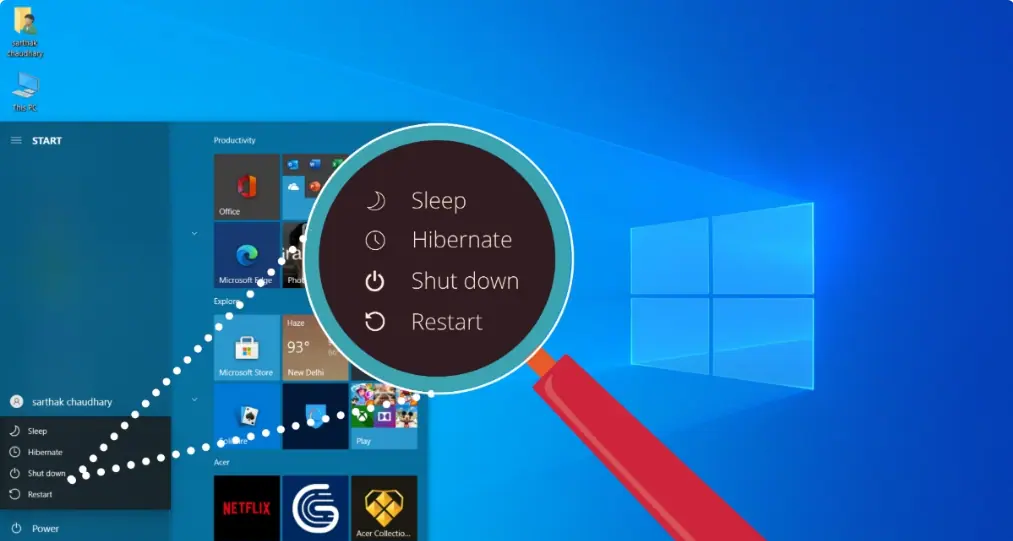As a habitat for data, the stability and lifespan of hard drives have always been valued by users, especially solid-state drives (SSDs), whose lifespan is finite and may be accelerated by certain factors in everyday use.
The lifespan of an SSD is calculated using TBW, which stands for Terabytes Written, indicating how much data in terabytes can be written during its lifespan. Therefore, excessive data writing can shorten the SSD’s lifespan. Besides saving files to SSDs in our daily usage, some computer functions quietly perform writing operations, such as the common computer hibernation. Today, let’s discuss the impact of hibernation on SSDs and whether we should take this into account.

First, let’s understand what computer hibernation is. When a computer is not in use, there are several options: you can let it continue running, but most people don’t do this because it consumes too much power; you can also shut it down directly to stop the computer; but many times, people temporarily leave their computers for a while, so they prefer to put the computer into sleep or hibernation mode.
Sleep mode stores the computer’s state (open applications, documents, etc.) in memory and puts the computer into a low-power mode. Hibernation is similar, except that it writes open applications, documents, etc., to the hard drive and puts the computer into a powered-off state, essentially the same as shutting down.

Previously, sleep mode was preferable for quickly resuming computer operation. However, with the continuous improvement in SSD speeds, it’s now challenging to feel the difference between waking up from sleep mode and waking up from a fully hibernated state. In hibernation mode, since data is written to the SSD, it will occupy a certain amount of the SSD’s overall lifespan (TBW).
So, how much impact does computer hibernation have on SSDs? The amount of data transferred to the SSD each time it hibernates depends on factors such as memory capacity, memory utilization, and hibernation frequency, which vary for each individual. Therefore, it’s difficult to provide an exact value.

But we can estimate based on our situation. For Windows PCs, it’s common for the operating system and basic daily applications to occupy 50% of the memory capacity. We can calculate the size of the stored data by multiplying the system’s memory usage percentage by the memory capacity. For example, if a computer has 32GB of memory and the system occupies 57%, the data size occupied should be: (57/100) * 32GB = 18.24GB.
Starting from Windows 7, when Windows writes hibernation data to the disk, it applies compression algorithms to reduce file size, which is usually 0.75. Therefore, we also need to multiply the above memory usage size by 0.75, and the final amount of data written to the SSD is 18.24GB * 0.75 = 13.68GB.

So, in the example above, each time the computer hibernates, it writes approximately 14GB of data to the SSD. However, since the lifespan of an SSD is determined by the amount of data written, this impact is minimal compared to the total allowable write amount over the SSD’s entire lifespan.
Taking the Yunze 1TB SSD as an example, with an official lifespan of 600TBW, it can write 614,400GB of data under our official commitments, making the data written during each hibernation negligible compared to its total lifespan. Therefore, in terms of SSD lifespan, the impact of computer hibernation is minimal, and we don’t need to be overly cautious about this amount of data writing. Just use it as you normally would.

Disclaimer: This article is created by the original author. The content of the article represents their personal opinions. Our reposting is for sharing and discussion purposes only and does not imply our endorsement or agreement. If you have any objections, please contact us through the provided channels.



